Understanding the true cost of staff turnover.
Whilst companies are painfully aware that employee attrition has a significant impact on businesses in terms of workplace culture, employee engagement, and productivity, many don’t understand the fiscal cost.
The cost to hire an employee has increased to an average of $23,000 per candidate, up from $10,000 the previous year. Businesses also reported that the time to hire new employees has increased to an average of 40 days up from 33 days.

Let's take a look at the following scenario using the Drake Turnover Calculator:
Employee A, on a salary of $100,000 chooses to depart from Organisation A.
It is expected to take 40 days to replace Employee A and 60 days for the new recruit to start to produce in their new role. A total of 100 days of lost productivity, amongst other recruitment, onboarding, and training costs.
Based on this scenario, the cost implications for Employee A’s departure are $26,586. If 20 people depart Organisation A in a 12-month period on similar salary packages, it is estimated this would cost the business north of $265,860.
The components of turnover costs include expenses for hiring, training and induction, as well as lost productivity in the early and final stages of employment.
Additional hidden impacts include the damaging of morale and undermining of the remaining staff’s confidence in their employer, an increase in “me too” resignations as existing staff seek to join their departing colleagues with the promise of “greener pastures”.
The rise of the counteroffer
We have seen generous counteroffers being used to retain talent as soon as a resignation comes through. In today’s market, especially in certain industries or across job classifications in tightening markets, we’ve seen the rise of the counteroffers across many in-demand jobs such as developers, engineers, electricians, and data analysts.
As these types of roles are in high demand, they tend to attract more lucrative ‘stay offers’ because talent is so hard to find.
Conducting stay interviews
Today’s employers must consider all options to attract and retain top talent. It is important to point out that whilst remuneration is important, to retain staff, employers need to offer much more than a salary that meets market rates. In an ideal scenario, HR should be catching potentially dissatisfied employers long before they reach the counteroffer stage and understand where the deficiencies or shortcomings might be at a function or organisation level to stem the turnover. The “stay interview” is now a growing trend as employers and managers try to proactively understand why employees stay and what might cause them to leave.
Building out employee value proposition
To remain competitive and ensure you are attracting and retaining the best talent, it is crucial for companies to fine tune their Employer Value Proposition (EVP). It’s the “What’s in it for me” from an employee perspective. In our experience, candidates are looking for flexible hours, a great work environment and culture, career development opportunities along with a range of valuable employee benefits.
The ultimate objective for companies today is to make people feel they are not just getting a salary for working hard, but their lives and future employability are being positively influenced by an organisation’s investment in them. Understanding why top performers are staying with them, coupled with a range of benefits that employees value are smart strategies.
To hire right the first time and ensure a match not just in skills but also at a cultural level, contact the Drake International team on 13 14 48 or find staff today.
 CA-EN
CA-EN UK
UK AU
AU US
US NZ
NZ PH
PH ZA
ZA SG
SG HK
HK






